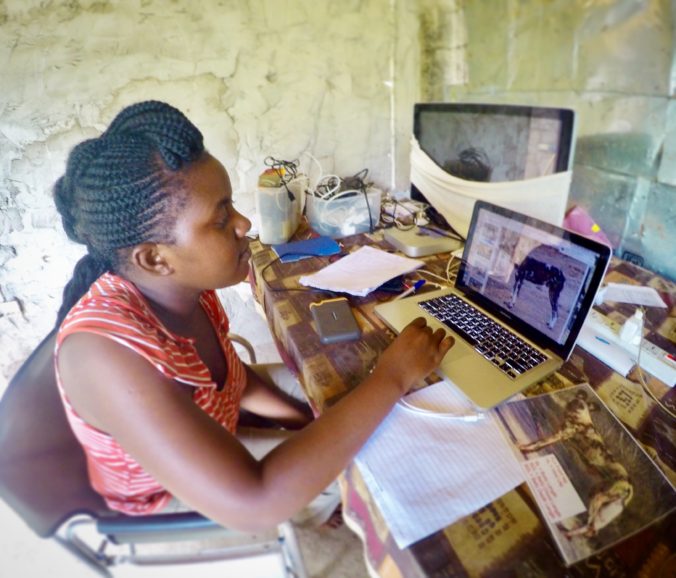Imagine a hub where young aspiring biologists and conservationists can come together for scientific training and education to understand and solve complex questions about wildlife and ecosystems in Africa. This is the place Dr. Greg Rasmussen and the community members of Sizinda, Zimbabwe, have been hard at work designing and building.
My mom and I had met Greg in Seattle at a fundraising event for his work with the Painted Dogs, and it was a treat to come see the progress in person! If you want to read about how I got involved, check out this post here.
Construction is underway
The ecology research center is situated at the hub between Angola, Botswana, Namibia, Zambia and Zimbabwe, in the heart of a region known as the Kavango – Zambezi Transfrontier Conservation Area (KAZA) of Africa.
This prime location is pivotal to training the next generation of researchers who will answer some of the toughest questions facing ecosystem landscapes in Africa.


The center is built on 20 acres of land, providing an excellent launch point for ecology studies on grasslands, insects, birds, food web dynamics, best farming practices, and more.
The building foundation has been strategically designed to have a minimal footprint; its round shape has utilized 27% less materials to build.

Keeping it local
By using stones chipped by the community from a local quarry, 5 tonnes of CO2 emissions and needless destruction of granite hills from commercial quarries have been avoided.

Building teams comprise members of the community and 78 local households have benefited from a total of $16,000 paid in construction labor wages. Investment in the building of this center, is directly returned to the community, which has meant a great deal to them!

Sustainable water use
In keeping with a conservation-based theme, a basin was dug and blasted to harvest rainwater. During this season’s December rains, the basin became a pond, which provides new breeding sites for four frog species, two terrapins (freshwater turtles) and a flurry of bird species.

Similar basins will be developed in the future and used as a natural bio-remediation wetland to treat waste water on location.

Student accommodations
A young field biologist dreams of having a base they can stay at long term–a place in the field where they can really dig in and learn, collect data, process samples, and analyze results.

Without these types of resources readily available, consequently, most aspiring young African conservationists never realize their dreams.
This center will help solve that.
Currently 10 student housing units are also in construction and will have the ability to house up to 40 students at a time, providing a perfect access point to field study sites and much needed retreat space for student studies.

The beginning foundations have been laid and I couldn’t be more proud watching this vision take shape! I know if I were still a young biologist I’d definitely appreciate having this space for my studies!
If you’d like to support young biologists, future researchers, and the community of Sizinda check out the donation page and share it with your network, today!
To learn more about the project visit,
Painted Dog Research Trust – Zimbabwe
And the read about the continued adventures of tagging Painted Dogs in Hwange National Park, read the next blog post: Part 3, here.








































Recent Comments